What is a Merchant Cash Advance? How Does It Work?
Merchant cash advances are among the most innovative alternative business finance products. The concept has only been around for a couple of years, but it’s already showing extremely common with retail and leisure businesses.
You are now a small business owner in need of money, so a merchant cash advance seems like a pretty good idea. Before you act, let go ahead to learn more about What is a merchant cash advance? How does it work? right now.
What is merchant cash advance?
A merchant cash advance (MCA) is also known as a type of financing for businesses. Many people mistakenly think that an MCA is a loan, but it is not. It is a form of selling future receivables, which means the MCA company (buyer) is buying the future revenue of a business (seller) at a discounted price.

Using a fixed fee multiplier, one can calculate the loan fee or sometimes called a “factor rate” or “buy rate”. Multiply the amount borrowed by fees is the total amount that businesses need to repay. For example, a merchant with a loan of $ 20,000 and a fixed fee of 1.4 will have to pay $ 28,000 (20,000 x 1.4 = 28,000). Instead of writing as decimal, this fee can be written as percentage, such as 40% of the loan amount. However, remember not to confuse it with interest rates.
Typically, the fixed fee for MCA ranges from 1.1 to 1.6, depending on the strength of your business, the MCA company, and other factors. The business will repay the debt by collecting a certain percentage of each sale (retention rate). For example, the MCA company may collect 10% of each sale. This means the MCA company will receive $ 0.10, and you will receive $ 0.9 for every dollar processed. An MCA company can collect their cuts in three different ways:
- Split withholding:
In this way, the MCA company will work with your credit card processor. Once your processor receives the payment, they will automatically route your percentage to your business bank account and the MCA company’s percentage to the company.
- Lockbox withholding:
A bank account in your name will be set up by MCA, and they will have access to that account. This account will be home to your business revenue, and MCA will deduct their cut at the end of the day before sending the rest to your regular business bank account.
- ACH withholding:
Through an automatic clearing house (ACH), the MCA company will deduct their percentages from your business bank account every day. ACH is an electronic network that makes it easy for people to transfer money between bank accounts.
Merchant cash advances don’t have a set due date because your repayments fluctuate in cash flow. However, most MCAs will be repaid within no more than two years if your cash flow is constant.
How does merchant cash advance work?
Historically, a merchant cash advance was for businesses whose revenue comes from sales of credit and debit cards, such as retail stores or restaurants. Today, merchant cash advances are available for many companies that do not depend heavily on credit card or debit card transactions. Providers of merchant cash advances claim their lending commodity is not legally a loan. In return for a slice of your potential profits, a merchant cash advance provider will give you an upfront amount of cash.
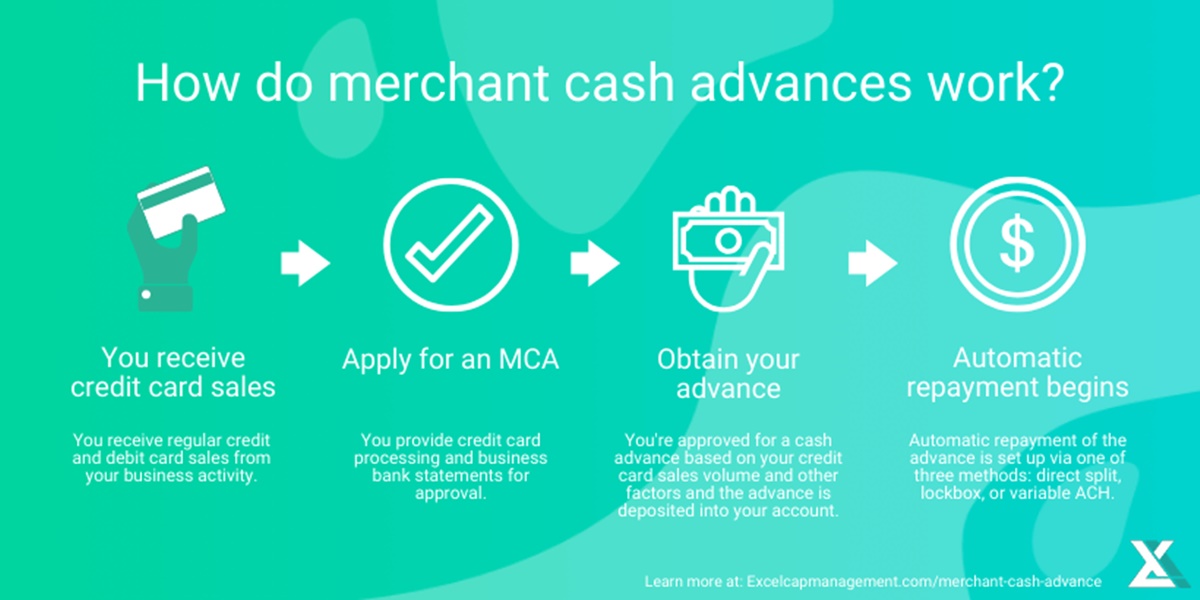
Repayments from merchant cash advances can be arranged in two ways.
You can get cash in return for a portion of your potential debit and credit card sales. Or else, you can get prepaid cash by depositing fixed debts regularly from your bank account, called ACH (Automated Clearing House).
According to Sean Murray, a founder of trade magazine deBanked and former merchant cash advance broker, this option has been the most common type of merchant cash advance. They are called ACH merchant cash advances, which allow providers to market to companies that are not directly connected to credit and debit card sales.
Instead of making one monthly fee from a bank account for a specified repayment period, you make regular or weekly payments with a merchant cash advance, plus fees, before the advance is fully charged.
How much fee you are going to pay is calculated by your willingness to pay the dealer’s cash advance. Depending on the risk evaluation, the merchant cash advance provider calculates a factor limit-usually varying from 1.2 to 1.5. The higher the rate of the factor, the greater the fees you pay. To get your total repayment amount, you need to multiply the cash advance by the factor rate. For example, a $50,000 advance that carries a factor rate of 1.4 is a total $70,000 refund, which includes $20,000 fees.

Here’s a detailed overview of how to arrange merchant cash advance repayments:
- Percent of credit card sales:
The merchant cash advance company can automatically subtract a percentage of your credit or debit card purchases before complete repayment of the agreed-upon amount. Let’s say the restaurant needs $50,000 to buy a new oven. You apply for a $50,000 merchant cash advance and have it accepted. The company has given the contract a factor rate of 1.4, and you owe $70,000.
The repayment period varies from three to twelve months; the sooner you’ll pay cash advance to the dealer, the higher the credit card profits.
In this scenario, let’s presume your merchant cash advance company deducts 10 percent of your monthly credit card revenues before you have repaid the $70,000, and your busy restaurant earns $100,000 a month in credit card revenue. You will be repaying $10,000 a month, with average payments of $333 over a month of 30 days. With this rate, by the seventh month, you will be paying off the advance. If the sales fell to $70,000 a month, the merchant cash advance will not be repaid in full until the 10th month, paying $233 a day.
The speed at which you repay your loan, as we discuss below, is a factor in calculating your APR, which can help push it into the triple digits.
The preset percentage of sales is an approximation based on your monthly estimated revenue. Because the revenues may fluctuate, the pace at which the loan is repaid may be longer or shorter than anticipated, says David Goldin, CEO of Capify, a merchant cash advance company, and president of the Small Business Finance Association, a trade group representing merchant cash advance companies. “Eighty percent of the time, it takes longer than the purchaser thought it would take.”
- Fixed daily withdrawals:
This form of the agreement specifies a daily or weekly withdrawal charge based on your monthly income estimate. For example, a company with a monthly profit of $100,000 will owe $333 per day or $2,331 per week based on a 10% revenue percentage.
Unlike the credit card or debit sales repayment structure, your payment does not fluctuate with your sales. That means you’re going to pay the same amount no matter whether sales are down or up.
How to apply for a merchant cash advance?
Will your company be qualified for a cash advance from a merchant?

Whether you have little or no collateral, poor operating background, or weak credit rating, cash advances from retailers may be a solution to your funding issues.
Merchant cash advance providers tend to have clear eligibility requirements, so most small businesses shouldn’t have a qualifying problem.
What’s more?
For businesses that make up a substantial portion of their sales from credit card payments — for example, if you own a restaurant or retail store, you can use a cash advance as a short-term lending device. This will assist with working capital, sales of inventories, mortgage payments, unexpected payments, and more.
The application of a merchant cash advance is a fast and simple operation. Since merchant cash advances are paid back with your day-to-day credit card transactions, MCA businesses will look at your credit card payment statements to make sure you have enough volume coming into the company. Some merchant cash advance firms will also ask for your credit score and bank statements.
Merchant cash advance applications are almost online, so you will accept applications the same day you apply. Don’t forget that fast cash is costly cash, and an MCA is no exception to that. It’s fast and simple to complete a merchant cash advance application is fast and simple, but MCAs come with the highest market cost of capital.
It requires the following documents to apply for an MCA:
- Credit Card Processing Statements
- Driver’s License
- Bank Statements
- Business Tax Returns
- Voided Business Check
- Credit Score
For businesses that also juggle personal finances, understanding how to manage different types of loans is crucial. Find more information on first-time mortgage applications, which could be helpful when expanding your financial knowledge beyond business advances.
How much will a merchant cash advance cost your business?
Taking on an MCA can take a chunk out of your cash flow, depending on the structure. Now let’s look at how the real expense of a merchant cash advance can be measured.
A Value Example of Advances in Money
Say you are $20 K ahead with a factor rate of 1.18.
$20 K compounded by $1.18 is $23,600, which is what your daily credit card purchases would need to repay.
At first sight, it may sound like you’re only paying an interest rate of 18 percent — but it might be deceiving.
The true cost of the merchant’s cash advance has to be determined by its APR.
If your lender takes 15 percent of your potential credit card purchases and you’re expecting $25 K a month in credit card transactions, the advance will be repaid within 189 days with average payments of $125.
That’s a 65.96 percent APR — quite a bit higher than it looked initially.
When is it worth the cost?
Merchant cash advances, though easy and convenient, appear only to be worth their price if you are sure you can repay them easily and without doing any damage to your cash flow.
Just be sure to browse around to see whether you can apply for other forms of loans before continuing with a cash advance from the dealer.
5 Best merchant cash advance services and reviews
LoanBuilder
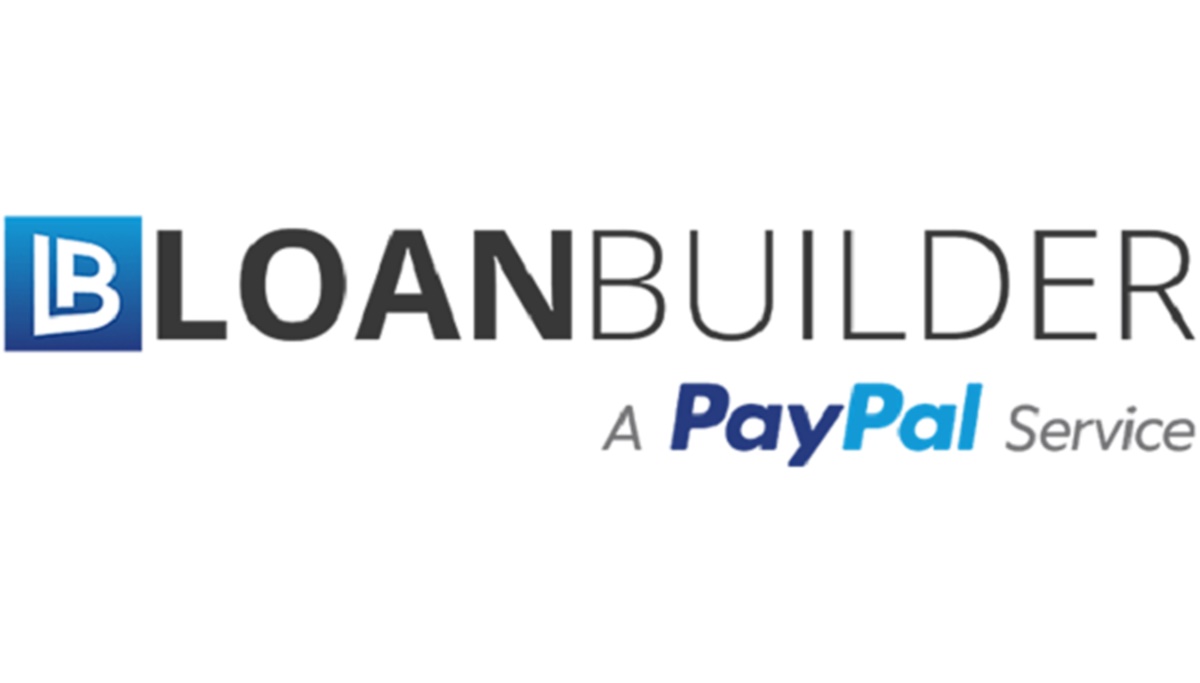
LoanBuilder provided by Paypal is a small business offering loan service. By the time the payment firm purchased Swift in 2017, LoanBuilder was initially a subsidiary of Swift Capital, a small business financier, incorporated into the PayPal brand. The LoanBuilder product is now being commercialized as PayPal Business Loans. LoanBuilder offers short-term business loans, a kind of interest-free loan in which lenders pay a set fixed fee along with the amount borrowed.
Although many other business financiers provide similar financing, LoanBuilder stands out from the crowd for a few reasons: the loans are fairly inexpensive, borrowers do not have to pay an origination fee (or any other upfront fees), and borrower specifications are small. This is an ideal option if the company wants a short-term cash infusion. Here are a few indicators of this company:
-
Minimum Time in Business: Less than one year
-
Borrowing Amount: Less than $ 50,000 up to $ 1,000,000
-
Time to Funding: 1 day to 2 weeks +
-
Credit Score: 550+
-
Required Annual Revenue: Less than $ 100,000
Lendio
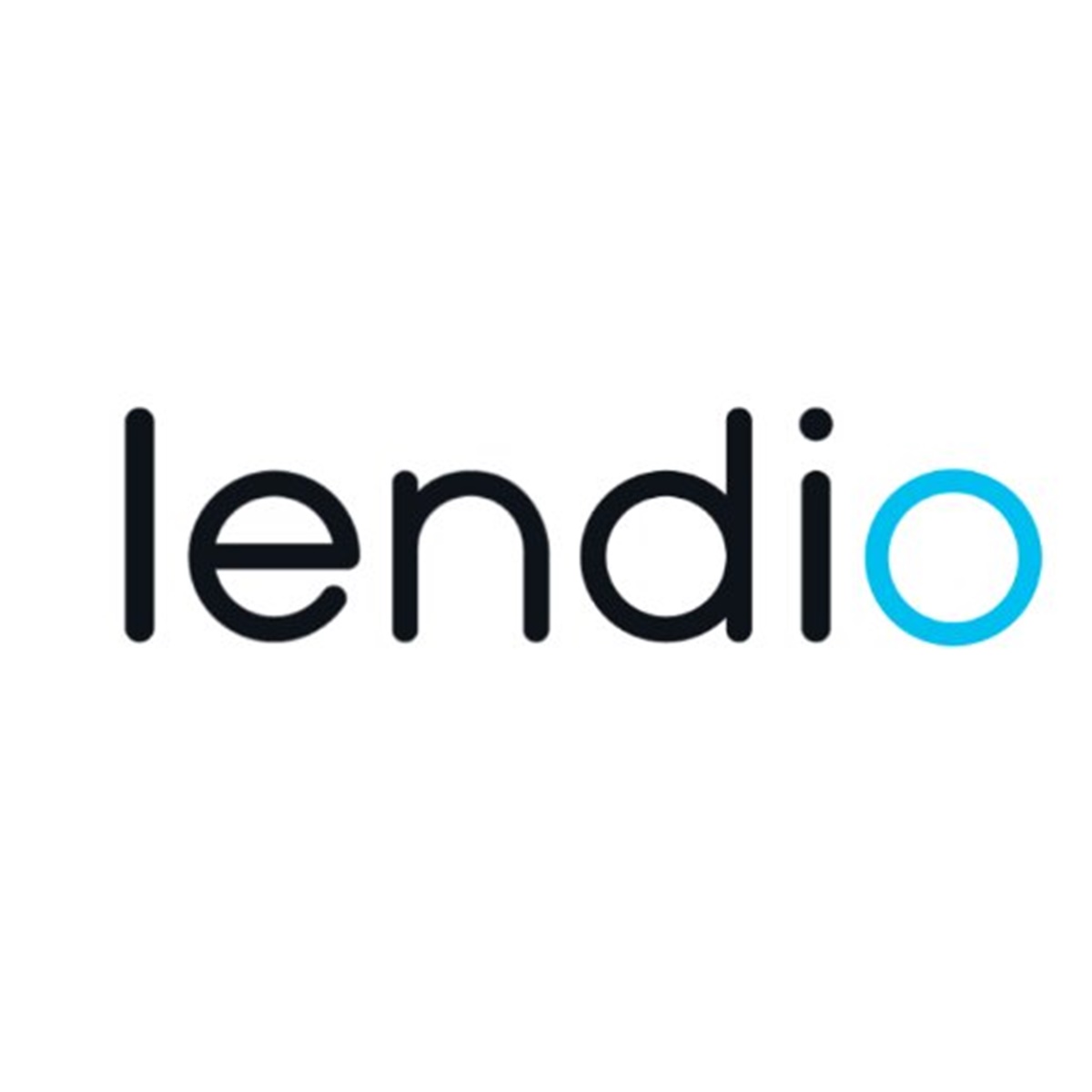
Lendio is an enterprise finance network that connects funders with customers. Although Lendio doesn’t directly originate loans, its network of over 300 business funders — including big names like Kabbage, OnDeck, Amex, BlueVine, and many others — is built to be a one-stop financing shop.
You should keep in mind that Lendio does not facilitate business loans. Instead, this service functions more of a matchmaker for business funding. What you need to do is telling Lendio who you are and what you are looking for, and it does the rest, in principle. With an aggregator like Lendio, you can benefit lots of things: The organization does much of the work of seeking funding for you (which saves a great deal of time), you are provided with several deals (you can be sure you ‘re not losing out on a decent offer), and the service is completely free to use.
Lendio is undoubtedly worth the effort for those who want to give it a try. Customers say Lendio’s customer support is attentive and supportive, and it’s quick and easy to apply. If it’s your first time to dip your toes into the alternative lending market, Lendio is a good starting point.
-
Minimum Time in Business: 1-2 years
-
Borrowing Amount: Less than $50,000 up to $1,000,000
-
Time to Funding: 1 day - 2 weeks+
-
Credit Score: 650+
-
Required Annual Revenue: Less than $100,000
OnDeck
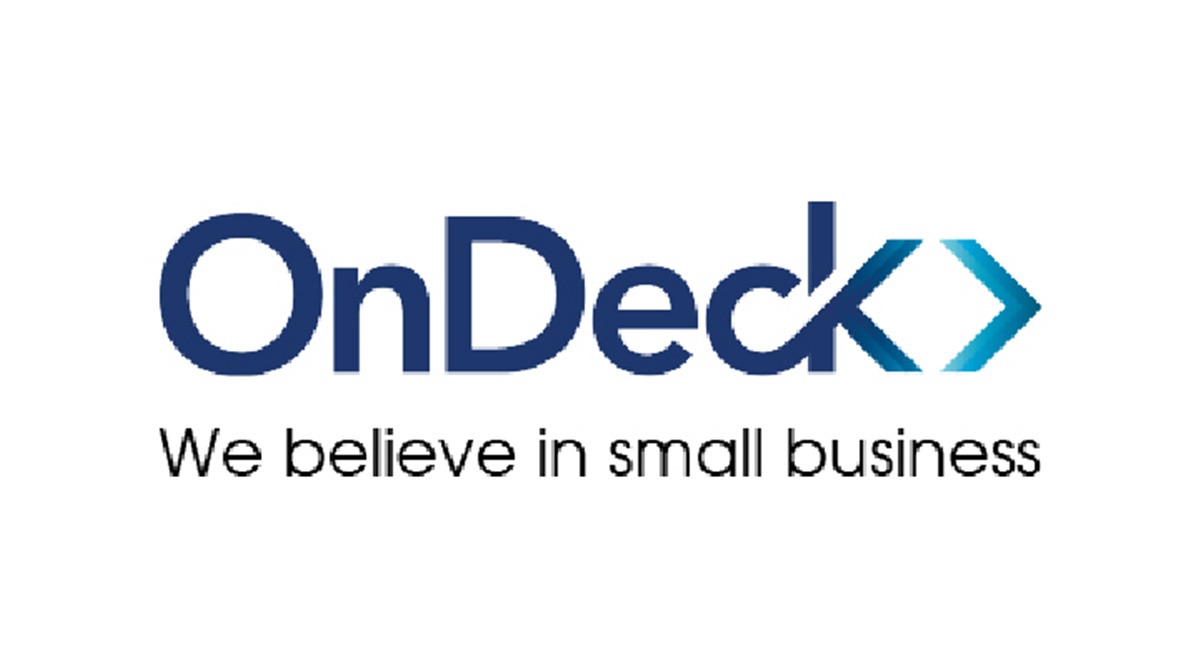
OnDeck is an incredibly popular small online business lender. OnDeck was founded in 2007 and was one of the first lenders to rely mainly on technology for making their lending decisions. Decisions to take days or weeks can now take just minutes with its algorithms. OnDeck currently provides two forms of corporate loans: short-term loans and revolving credit lines.
If you have been doing business at least a year, have a personal credit score above 600, and earned no less than $ 100,000 annually, make sure you qualify for an OnDeck loan. Many that are eligible should find that the loans offered by OnDeck are quick and useful for a variety of business finance needs.
That said, loans to OnDeck can be kind of expensive. According to the new quarterly report from OnDeck (Q3 2019), its short-term loans usually have APRs ranging from 9.0% to 98.3%, and credit line APRs ranging from 19.9% to 61.9%. But, of course, the rate offered to you will depend on your business’ strength. Aside from the cost, OnDeck loans have a maximum repayment period of 36 months, so those who need a longer-term may want to look elsewhere.
Since the loans from OnDeck can be a little pricey, you might like to make some comparisons before deciding on a lender. If you need a quick loan or don’t qualify elsewhere, OnDeck is hard to beat. Given the possible disadvantages, OnDeck is straightforward; it is easy to get in touch with customer service and, overall, most members share good experiences.
-
Minimum Time in Business: More than 2 years
-
Borrowing Amount: Less than $50,000 up to $1,000,000
-
Time to Funding: 1 day - 2 weeks+
-
Credit Score: 600+
-
Required Annual Revenue: More than $200,000
Kapitus
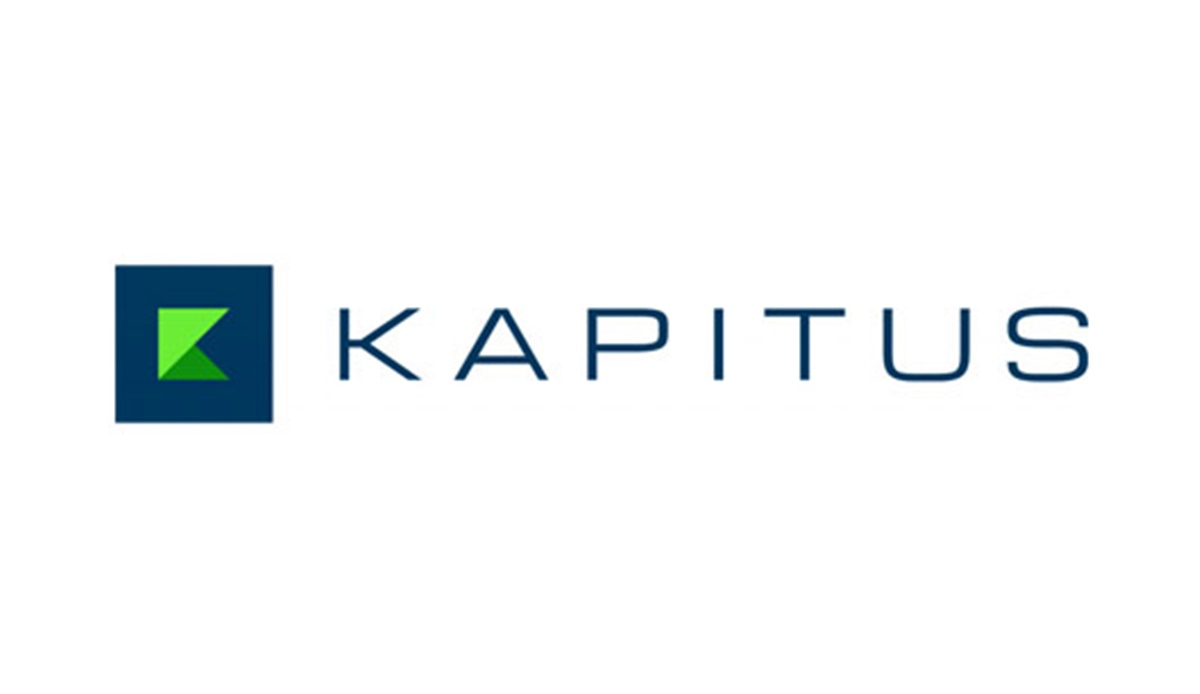
Kapitus known as a Strategic Funding Source is a small business funder based in New York City. Like similar firms, it provides alternative financing for undertakings with less-than-perfect credit, and those in need of hurried funding. This form of financing is typically both quicker and more costly compared with conventional banking.
Sadly, Kapitus exemplifies an all too common feature in its industry: an almost total lack of transparency. Since online funding can easily step over the line into borderline usury, we are cautioning our viewers to make significant comparison shopping before committing to a short-term loan or a cash advance.
-
Minimum Time in Business: Less than 1 year
-
Borrowing Amount: Less than $50,000 up to $100,000
-
Time to Funding: 1 day - 2 weeks+
-
Credit Score: 500+
-
Required Annual Revenue: $100,000+
Shopify Capital
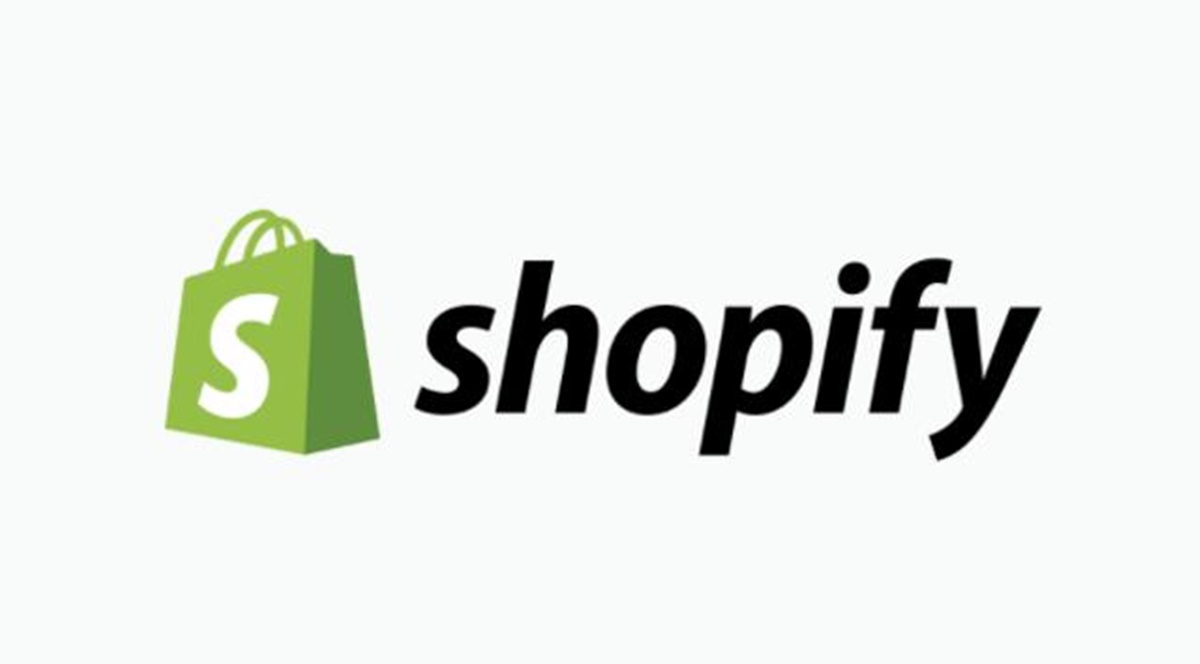
Shopify is widely regarded as one of the best shopping carts available by e-commerce experts and business owners alike, and we highly recommend it here at Merchant Maverick. This e-commerce system is extremely easy to use and offers about all the average small business wants to run an online shop.
As if you haven’t had enough incentives to use Shopify already, here’s another: users may be eligible for trouble-free, fairly low-cost business financing.
Shopify Money, launched in mid-2016, is an enterprise financing platform similar to PayPal Working Capital or Square Capital. Since Shopify already has access to your sales and revenue data, they can speed up the application process and provide lower-cost financial support than you could get anywhere else.
Shopify Capital provides short-term business financing in the form of short-term lending and merchant cash advances. Though these financial products differ in terms of technicalities, you will see little difference in practice.
Shopify Capital is in its infant stage. Despite some expressing trepidation, overall reception has been positive so far. While creditworthy lenders, in particular, may consider invoice factoring better deals elsewhere, the rates and fees for Shopify Capital are fairly competitive and low-cost with similar funders.
-
Borrowing Amount: Less than $50,000 up to Less than $50,000
-
Time to Funding: 1 day - 2 weeks+
Conclusion
The above is a detailed definition of a merchant cash advance. Besides, Avado gives you useful information on how an MCA works as well as how to apply for it. I do hope that you can rely on these content to apply to your business most effectively. In particular, Avado recommends the top 5 merchant cash advance services that you can choose to leverage. Make a wise financial decision, and you will be successful!
New Posts






